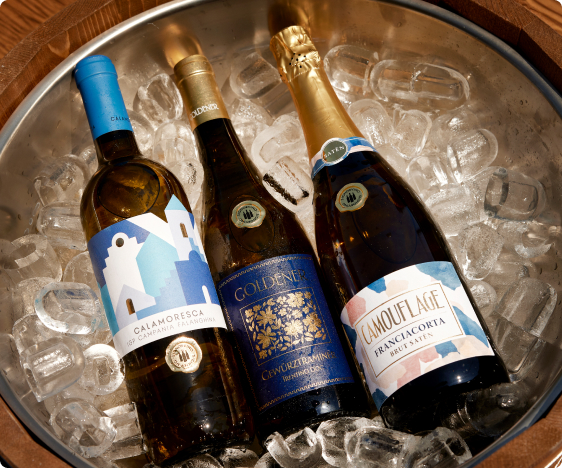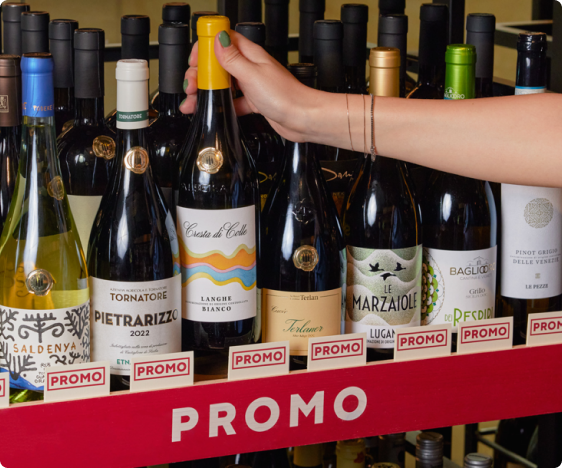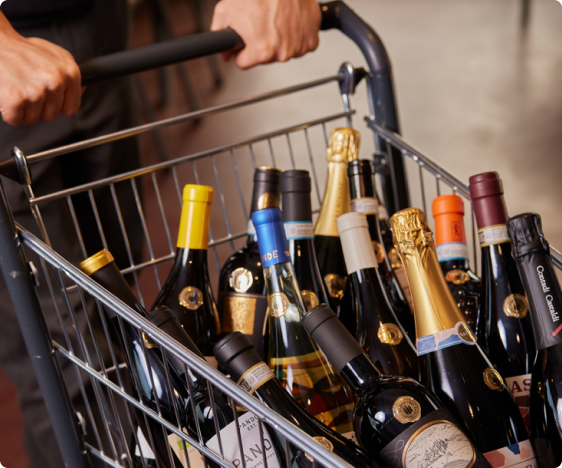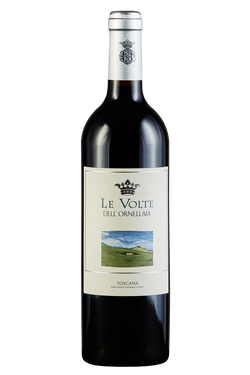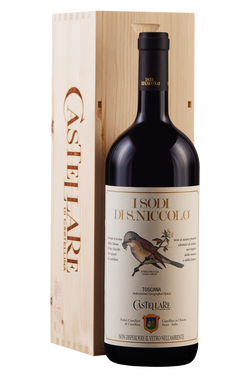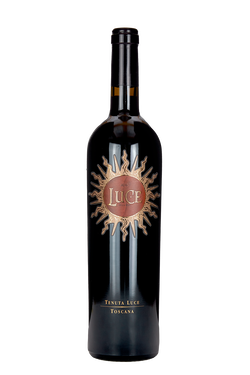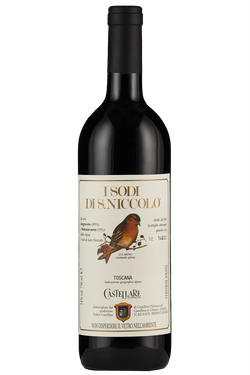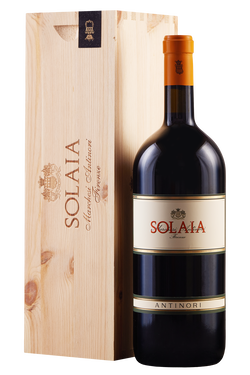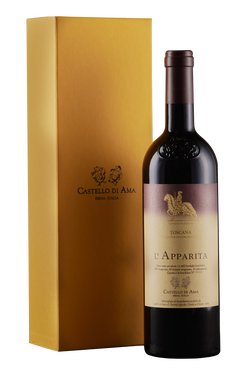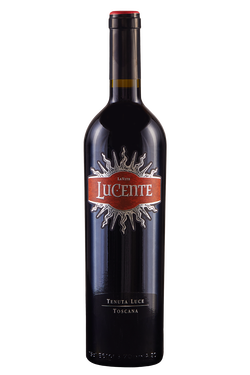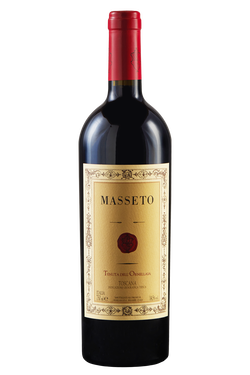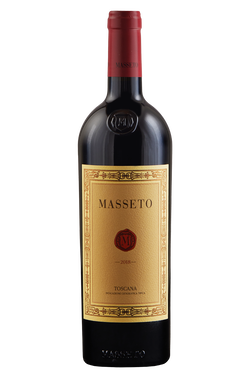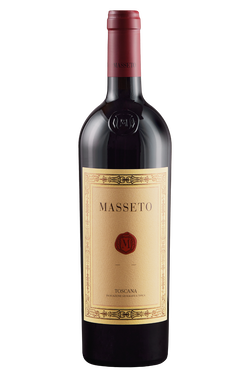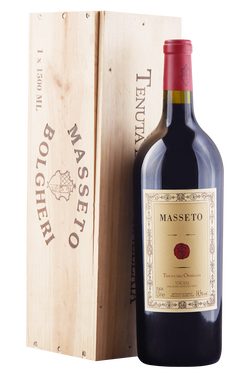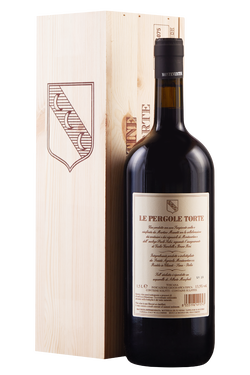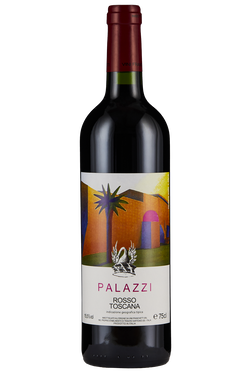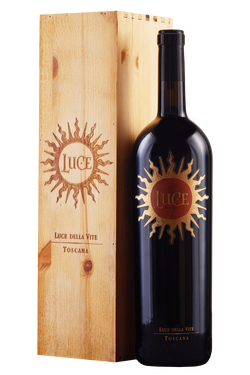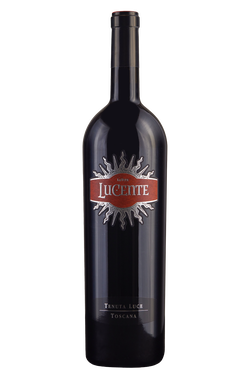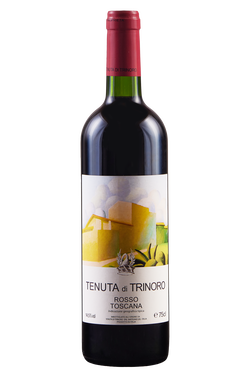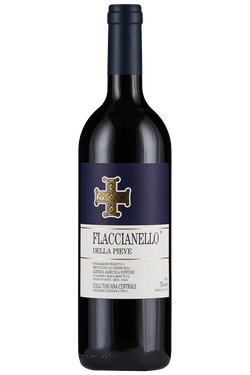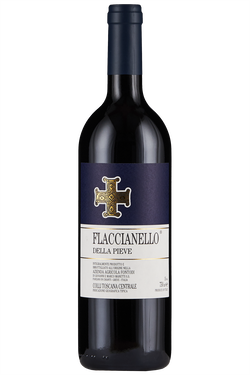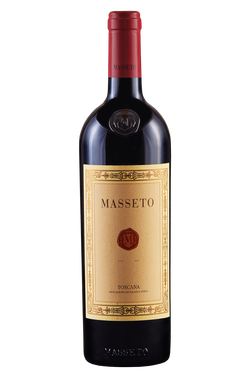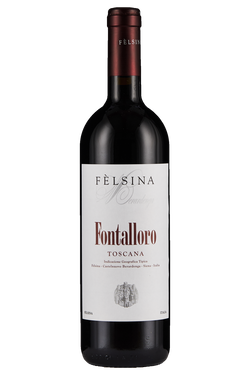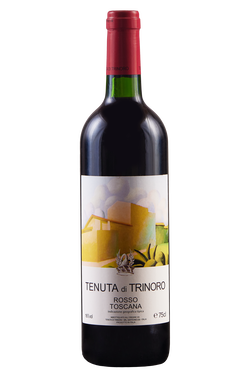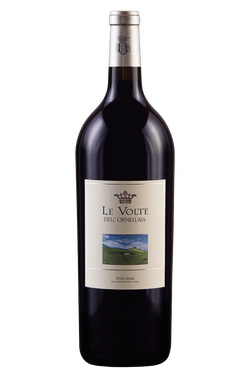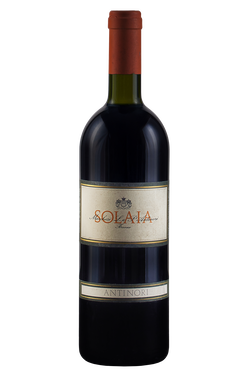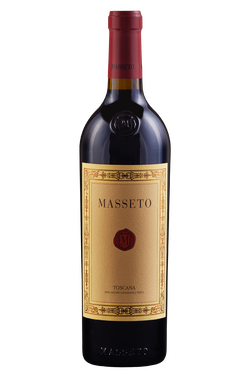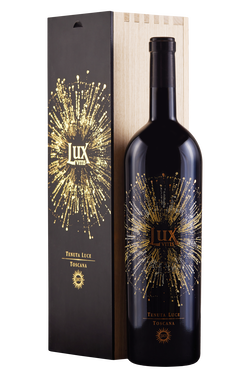The history of the Supertuscans
Compared to many other wines, the history of Supertuscans is incredibly recent, but has old roots. The first historic date for Supertuscans is 1872, when Barone Ricasoli established the formula for Chianti Classico: 70% Sangiovese, topped up with Malvasia Bianca and Canaiolo. Almost a century later, in the late 1960s, some Tuscan wine producers decided to challenge the Chianti Classico production protocol and thus create the Supertuscans. Their decision was partly the result of interest, partly of necessity. In the late 1960s, Chianti Classico and Tuscan wines – not to say Italian wines in general – were going through a period of crisis, marginalized on the international market by French products. France was synonymous with high quality wines, starting with Bordeaux, while the lightweight Chianti was ignored outside Italy, as consumers preferred well-structured, ageworthy, elegant French wines. To respond to this crisis, the first real Supertuscan wine was born in 1971 with the first bottles of Tignanello, thanks to the Marchesi Antinori family – and also to the genius of the oenologist Giacomo Tachis. Antinori began producing this wine from a vineyard planted to 80% Sangiovese, 15% Cabernet Sauvignon and 5% Cabernet Franc, French grapes specially imported into the Santa Cristina estate. Supertuscans such as Tignanello did not only import from France the varieties used in the wines, but also the practice of ageing in small oak barrels known as barriques. Wines such as Tignanello, Sassicaia, but also Vigorello (a monovarietal Sangiovese), were grouped under the name of Supertuscans only in the early 1980s, when the term was coined by the English journalist and leading Italian wine expert Nicolas Belfrage.
Sassicaia: the first Supertuscan
Although Tignanello was the first real Supertuscan, Sassicaia can be considered its precursor. Sassicaia was in fact born in 1948 as a result of the experiments of Marchese Mario Incisa della Rocchetta in his Tenuta San Guido, in Bolgheri. Back then, the aristocracy’s wine of choice was Bordeaux, and the Marchese dreamed of producing a similar wine in Tuscany. The dream came true when he realized that the stony soil in the Bolgheri area had very similar morphological characteristics to those of Graves, in Bordeaux, where the homonymous wine is produced – and whose name, not surprisingly, literally means “gravel”. Marchese Incisa della Rocchetta thus decided to plant cuttings of some French vines, in particular Cabernet Franc and Cabernet Sauvignon, the varieties that form the basis of the Sassicaia blend. From 1948 to 1967, Sassicaia remained in the private domain, enjoyed by the aristocratic family on their San Guido estate and, in part, reserved for ageing in the Castiglioncello cellar. Over the years, the Marchese realized that the wine improved exponentially with ageing and, with the support of friends and relatives, decided to put Sassicaia on the market in 1968. Since then, this wine has come a long way. It is one of the most renowned Tuscan red wines in the world, highly sought after by collectors in all its vintages. In 1994, when the Bolgheri DOC zone was created, Sassicaia became part of it as a sub-area, but, in 2013 it became a DOC wine in its own right. This made Sassicaia a national first. It is the first Italian wine from a specific winery to have its own DOC status. In fact, only Tenuta San Guido can produce DOC Bolgheri Sassicaia.
Which wines are considered Supertuscans?
There are many Supertuscan wines, but we can narrow the list down to some of the most famous. The first are the aforementioned Tignanello and Sassicaia, produced respectively by Marchesi Antinori and Marchesi Incisa della Rocchetta. Another renowned Tuscan wine that rightfully belongs to the Supertuscan category is Flaccianello della Pieve, a monovarietal Sangiovese produced by the Fontodi winery. Another Sangiovese monovarietal that must be mentioned when speaking of Supertuscans is Fontalloro from the Felsina winery. Among the other Chianti producers and their respective wines that deserve to be included in the list of leading Supertuscans, we should mention Castellare with I Sodi di San Niccolò, the first wine to demonstrate the potential of Sangiovese blended with Malvasia Nera, and Castello di Ama, with its monovarietal Merlot, L’Apparita. If we move from Chianti to Val d’Orcia, Supertuscan means Tenuta di Trinoro, which produces unique wines from a blend of Cabernet Franc and Merlot, with small percentages of Cabernet Sauvignon and Petit Verdot.
Pairing Supertuscans with food
Due to their use of international varieties and barrel ageing, the Supertuscans are Tuscan wines with a French soul. This is why they generally go well with rich yet elegant dishes, such as those of French cuisine. For example, a bottle of Sassicaia would certainly be more suitably paired with foie gras during a romantic dinner than with more rustic Tuscan liver pâté. Tignanello goes perfectly with roasted and braised meats, especially if intensely flavoured and cooked with herbs. Monovarietal Sangiovese wines, such as Flaccianello and Fontalloro, are perfect allies for red meat and game dishes. Venison, in particular, gives of its best when paired with these fine wines. In general, despite substantial differences among the various Supertuscans, we can confidently say that these are all wines for special occasions, to be aged until the perfect moment and then celebrated in all their splendour.
